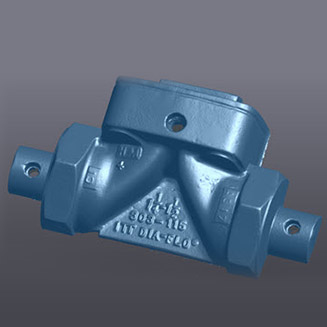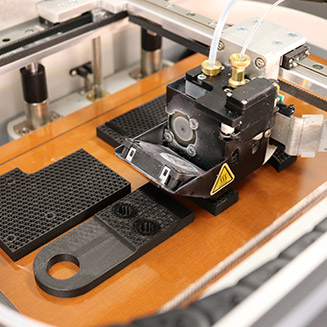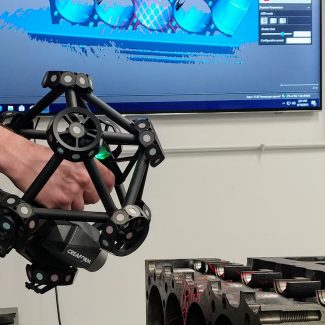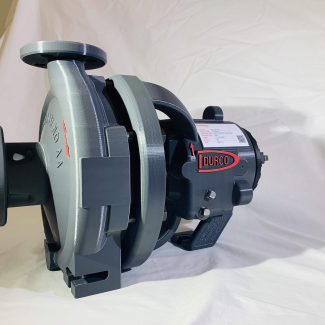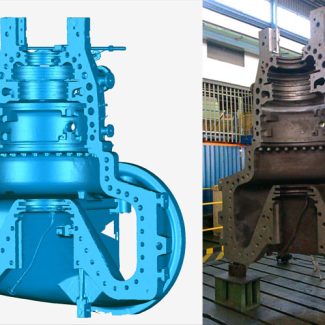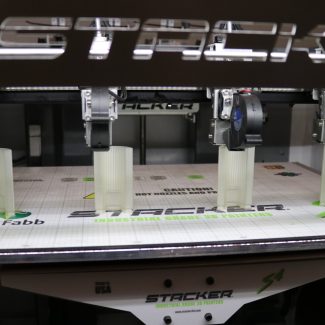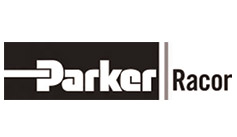Using 3D Printing and Scanning in Healthcare
Creating individualized solutions for the healthcare industry is the future. In fact, it is fulfilling the promise to make a world where every medical solution is tailored to the individual. 3D technology opens new doors to personalized and adequate medical care, from custom prosthetics to detailed anatomical models. Let’s dive into how this remarkable technology is transforming the healthcare landscape.
Impact of 3D Printing in Medicine
3D printing is also called additive manufacturing. It is profoundly revolutionizing the medical industry. This technology’s ability to create complex, customized medical devices and implants is unparalleled. Here are some practical applications of 3D printing and their impacts on medicine:
Prosthetics and Implants
An example of its impact is seen in the field of prosthetics because of 3D printing’s ability to customize solutions. It makes possible the creation of patient-specific implants and prosthetics fitting their unique body structures. This is especially important in orthopedics, where a precise fit is crucial for the implant’s success and the patient’s comfort.
Surgery and Personalized Drugs
3D printing is transforming surgical planning. Surgeons can now use 3D-printed models of patient-specific anatomy for pre-surgical rehearsals, significantly reducing the risk of errors during actual procedures. This practice enhances surgical precision and potentially shortens operation times, benefiting both patients and medical teams.
3D printing is paving the way for personalized medicine by enabling the production of drugs in specific dosages tailored to individual patient needs. This innovation is particularly beneficial for treatments requiring precise dosing, improving patient compliance, and minimizing side effects.
Role of 3D Printing and Scanning in Healthcare
3D scanning in healthcare complements 3D printing by providing accurate, detailed representations of patient anatomy. Here are some of its applications in healthcare:
Enhancing Prosthetic Design and Fit
3D printing revolutionizes prosthetic design by ensuring a perfect fit for everyone. This technology captures the exact dimensions and contours of a patient’s body part, which is crucial for creating comfortable and functional prosthetics.
To capture accurate and exact dimensions of such complex objects, experts use 3D scanning techniques.
Improving Surgical Outcomes
In reconstructive surgery, 3D printing is invaluable. They enable surgeons to create precise implants and surgical guides, significantly improving the chances of successful outcomes. This accuracy is particularly beneficial for complex surgeries where traditional imaging might not provide enough detail.
Aiding Diagnostics and Treatment Planning
3D scanning plays a pivotal role in diagnostics and treatment planning. It offers detailed images of internal structures, assisting physicians in diagnosing conditions and formulating more accurate treatment plans. This technology is instrumental in complex medical cases where clarity and detail are paramount.
The future of 3D printing and scanning in medicine heralds a new era of personalized healthcare. With advancements like bioprinting and AI integration, these technologies promise to enhance patient-specific treatments, revolutionize organ transplantation, and significantly improve the efficiency and effectiveness of medical care.

